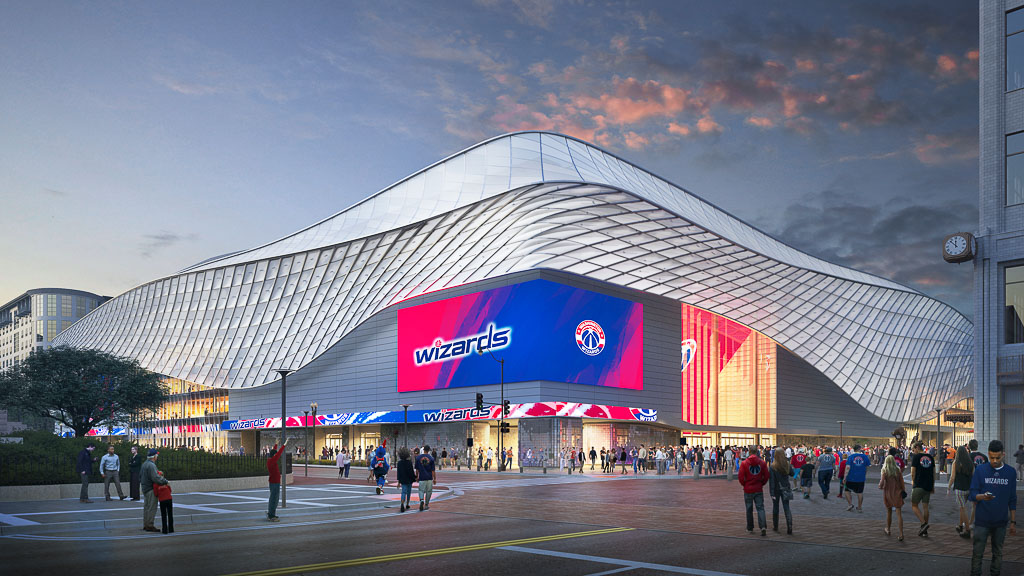Sports

M&T Bank Stadium

Chicago Fire FC Stadium
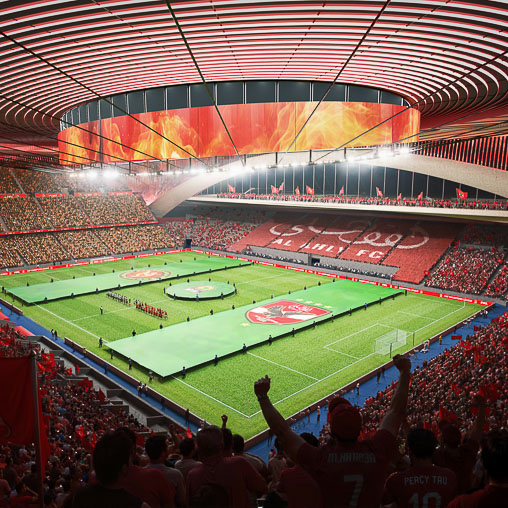
Al-Ahly Stadium
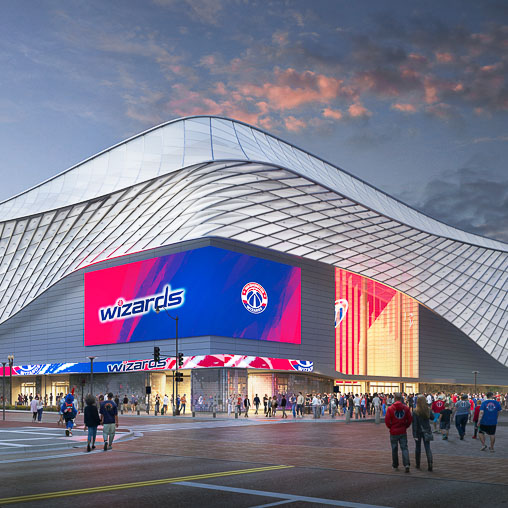
Capital One Arena
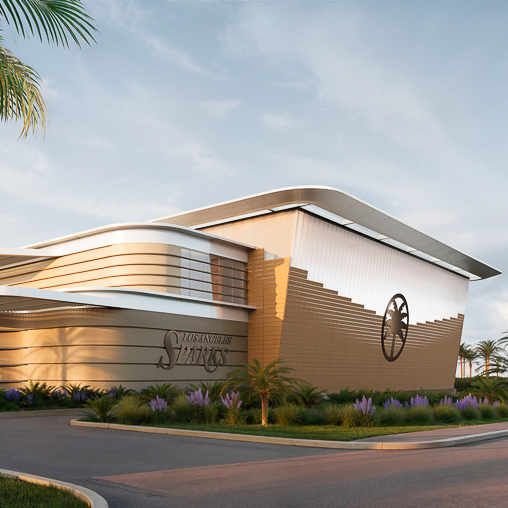
Los Angeles Sparks WNBA Training Facility

Grand Sierra Resort Reno Arena
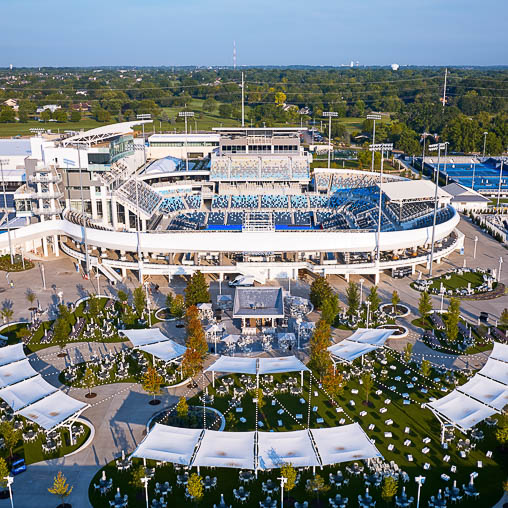
Cincinnati Open
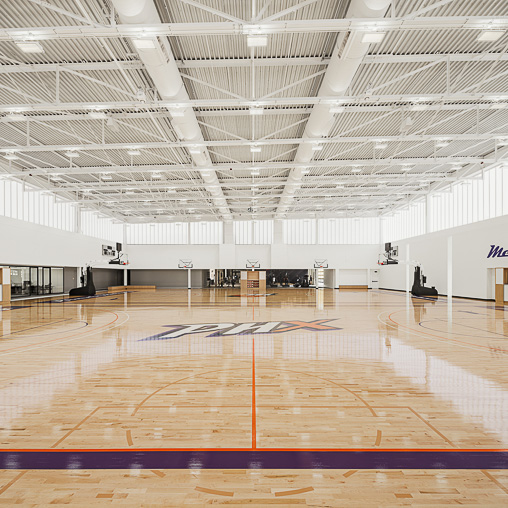
Player 15 Group HQ & Phoenix Mercury Training Facility

Rams Village at Warner Center
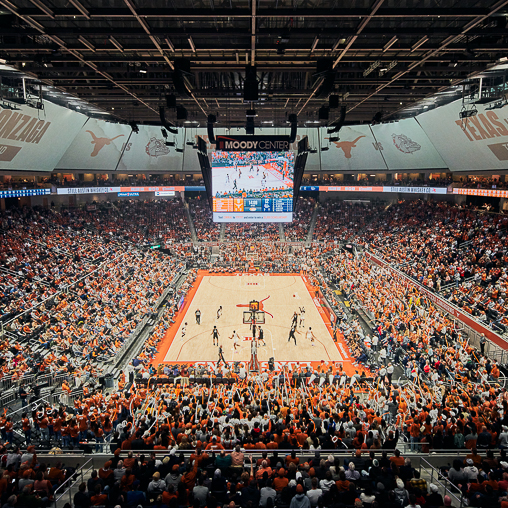
University of Texas at Austin, Moody Center
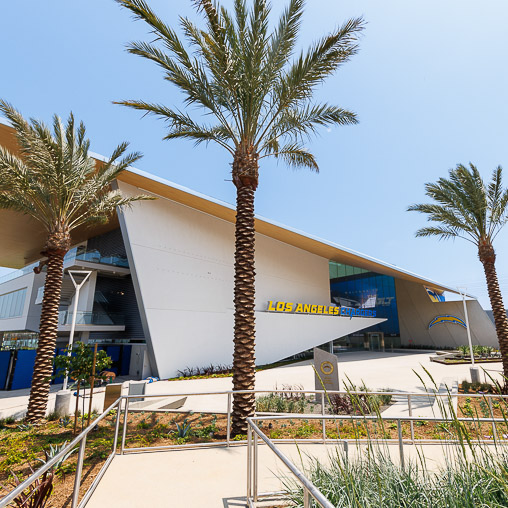
Los Angeles Chargers Headquarters and Training Facility
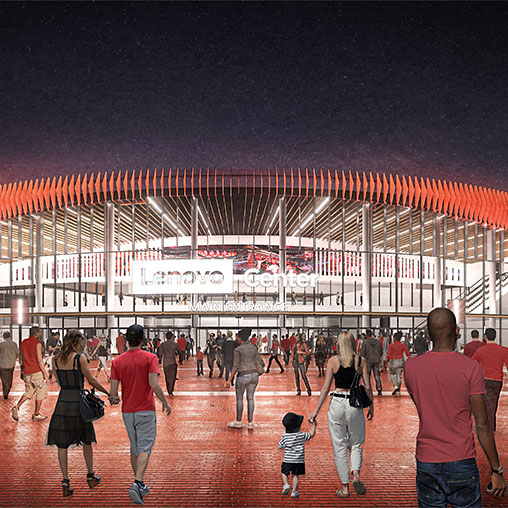
Lenovo Center
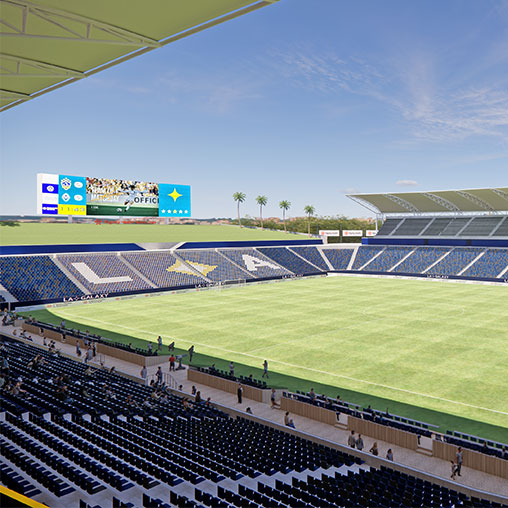
LA Galaxy Dignity Health Sports Park Renovations
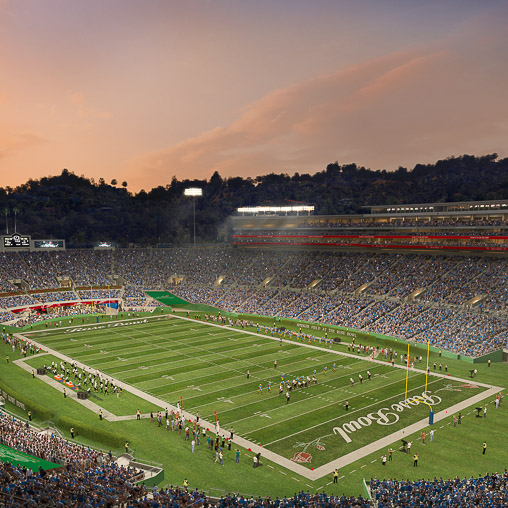
Rose Bowl Stadium Upgrades
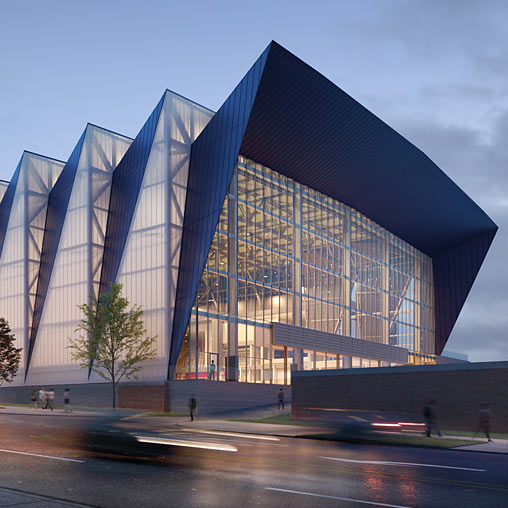
The University of Cincinnati Indoor Practice Facility and Performance Center
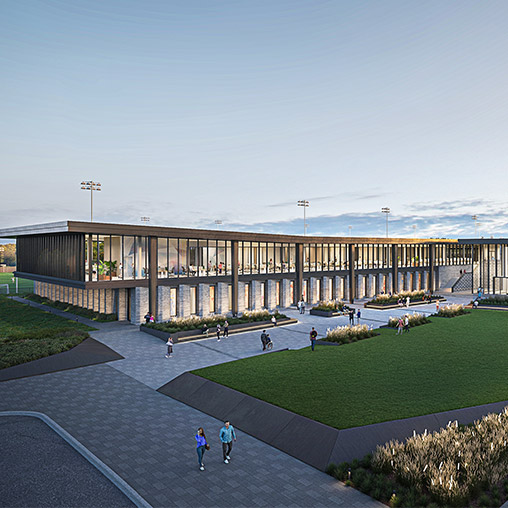
Arthur M. Blank U.S. Soccer National Training Center
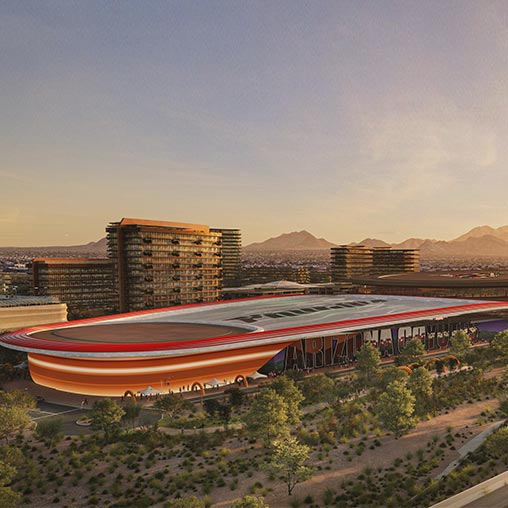
Arizona Coyotes Arena and Entertainment District
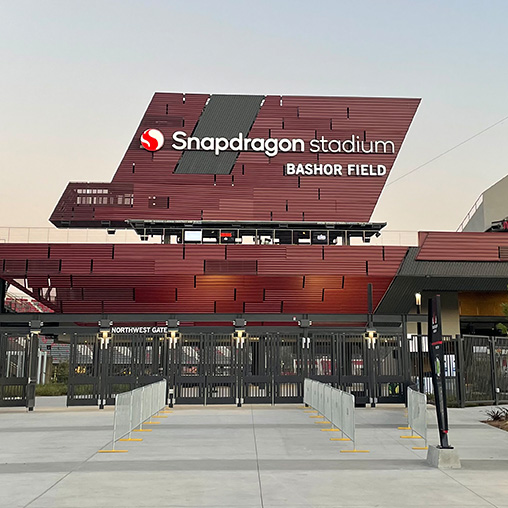
San Diego State University,
Snapdragon Stadium
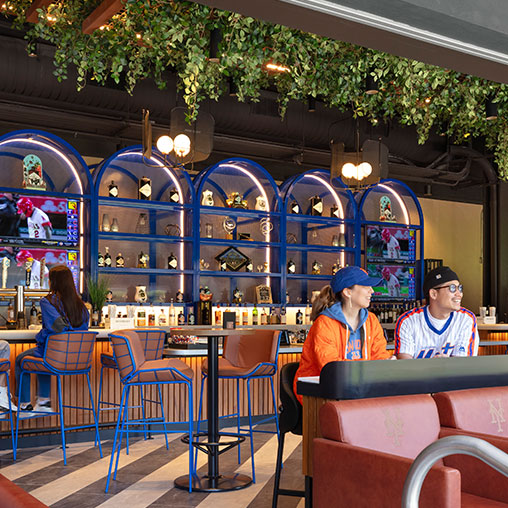
New York Mets Citi Field
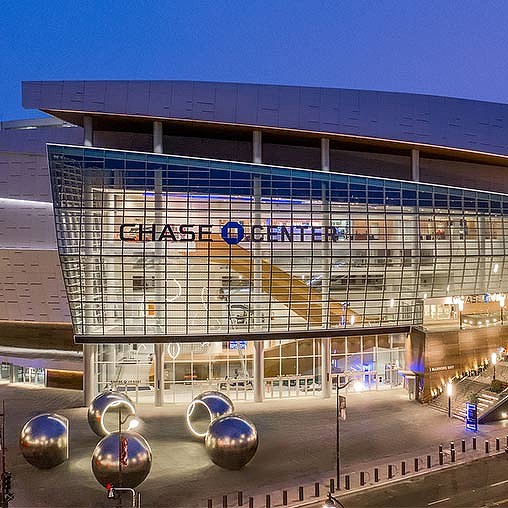
Chase Center

BMO Stadium
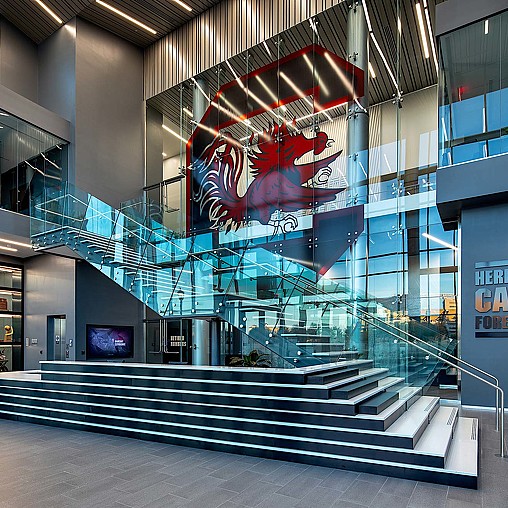
University of South Carolina Football Operations Building

Crypto.com Arena
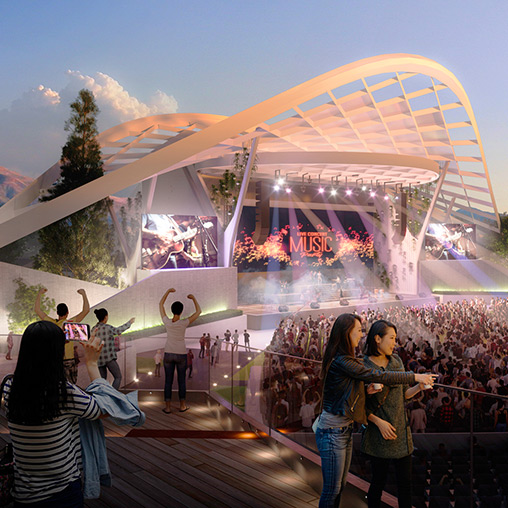
Irvine Amphitheater
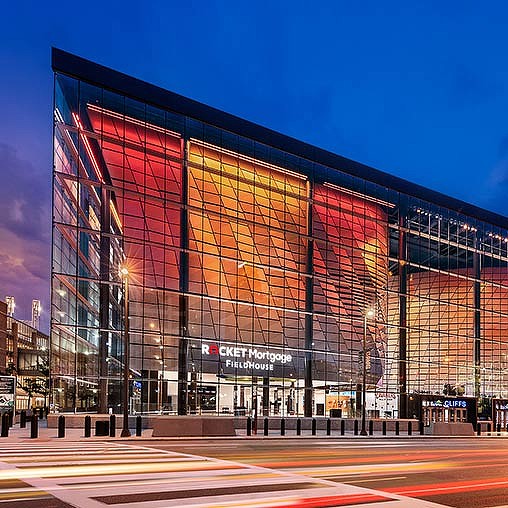
Rocket Mortgage FieldHouse
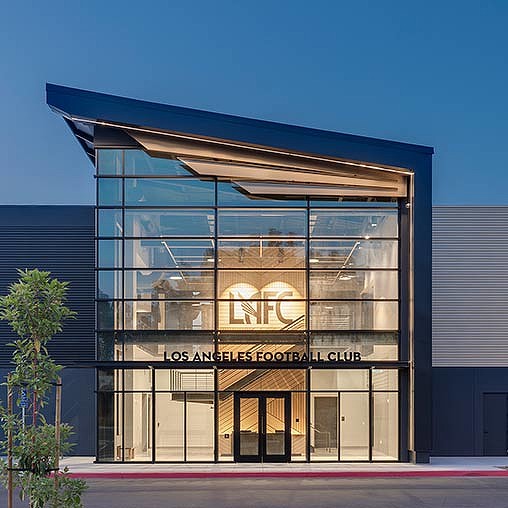
LAFC Performance Center
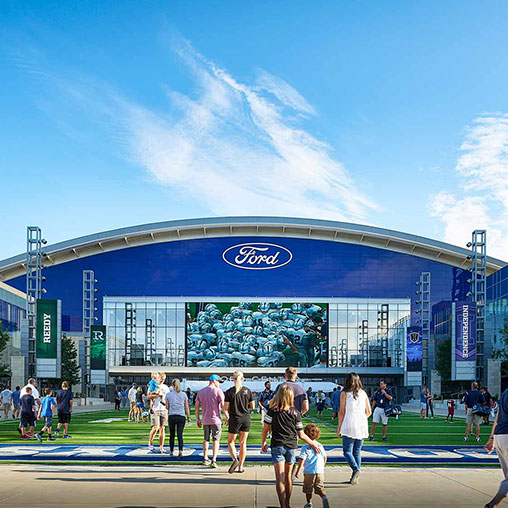
The Star
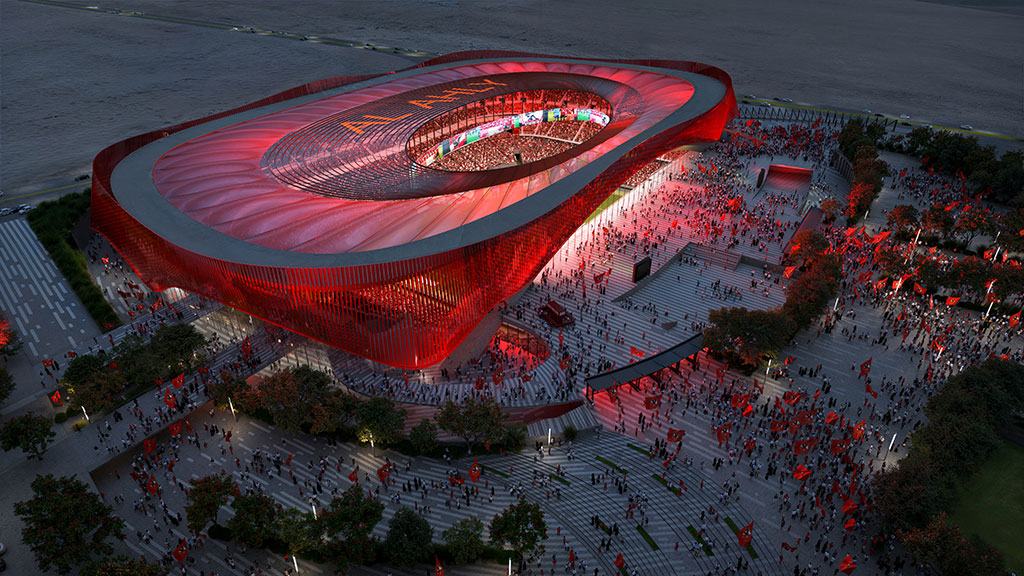
Trends to Watch Shaping the Future of Sports
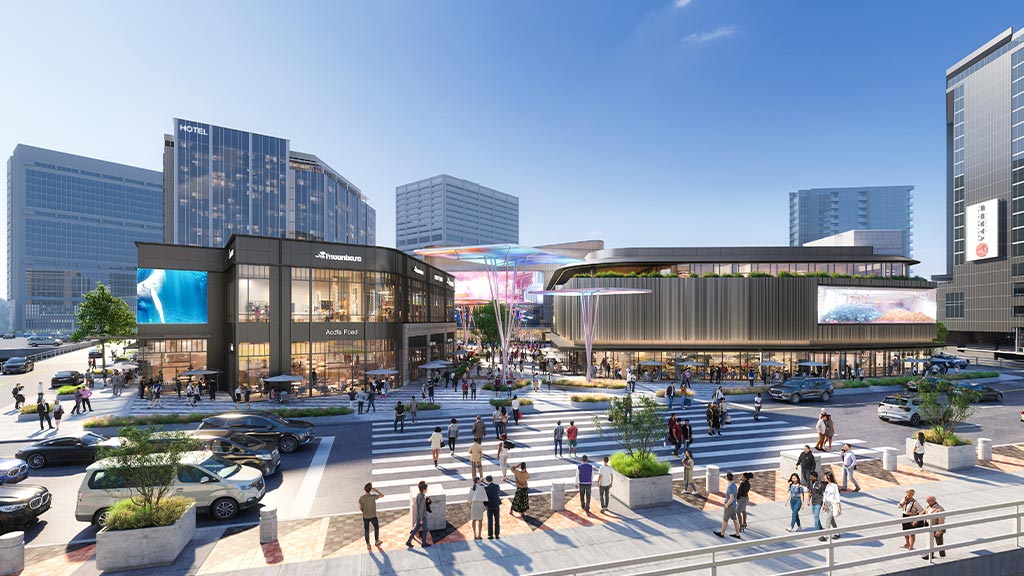
How Journey Mapping Shapes Design Opportunities for the User
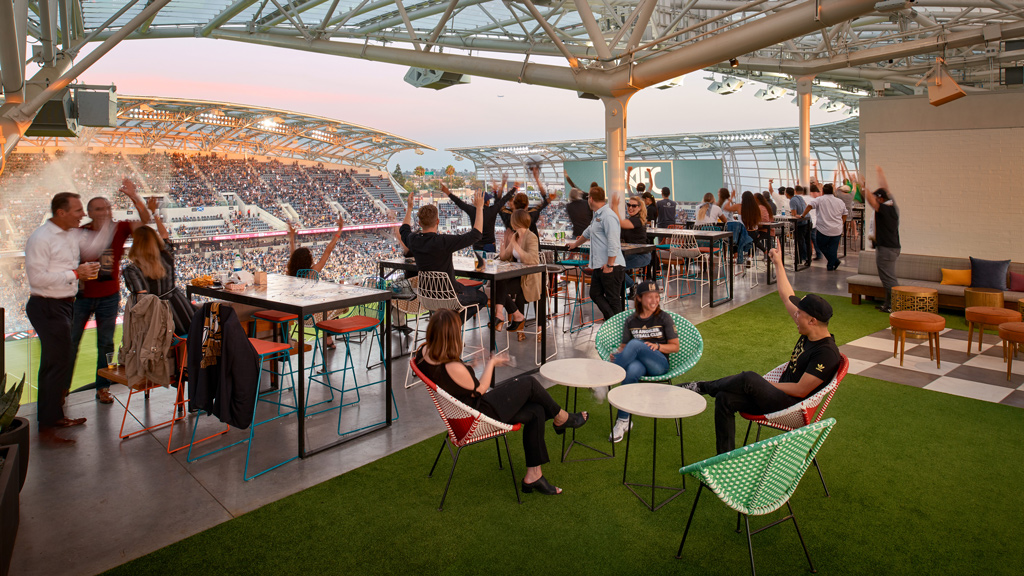
The New Economics of Sports Venue Design
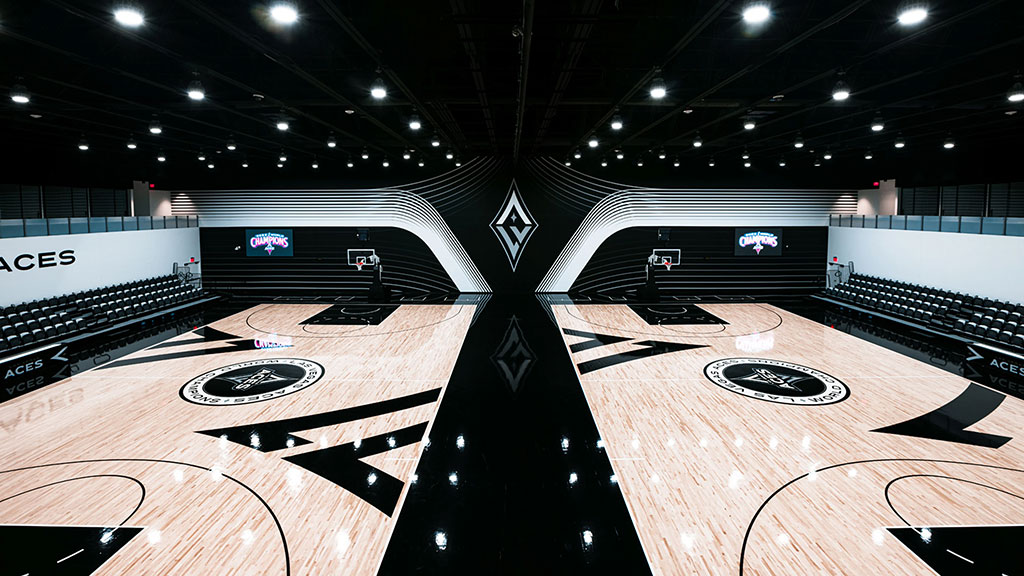
Where Champions Train

Designing a 24/7 Entertainment Hub in Reno
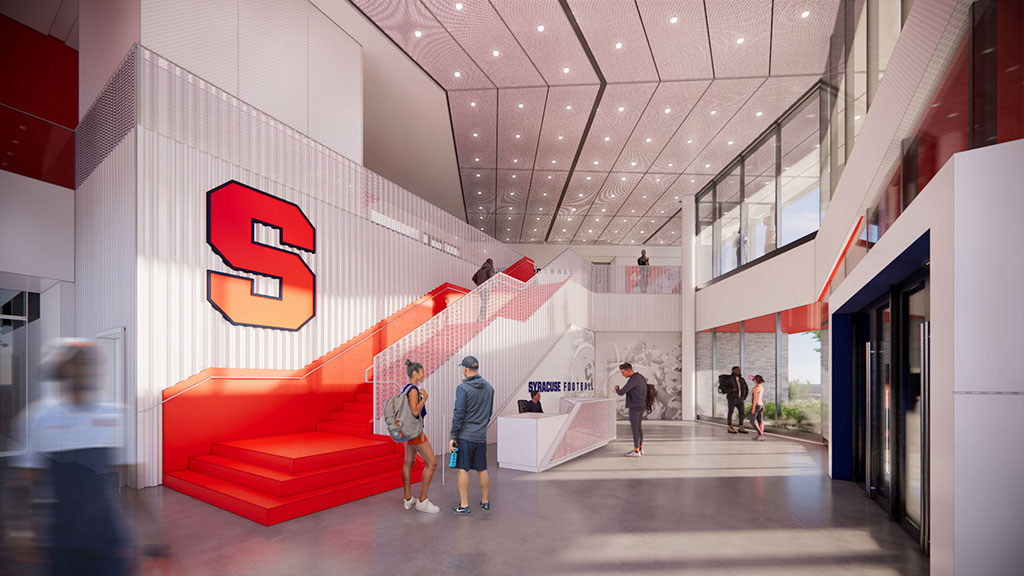
The Power of Clean Air in Sports-Centered Design
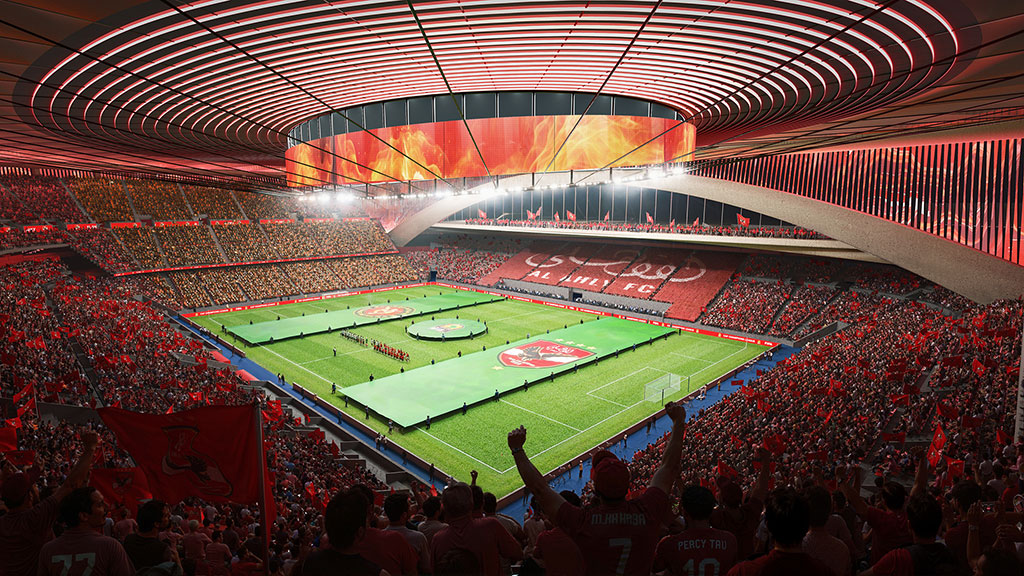
Al-Ahly Stadium Brings Fans Closer to the Action
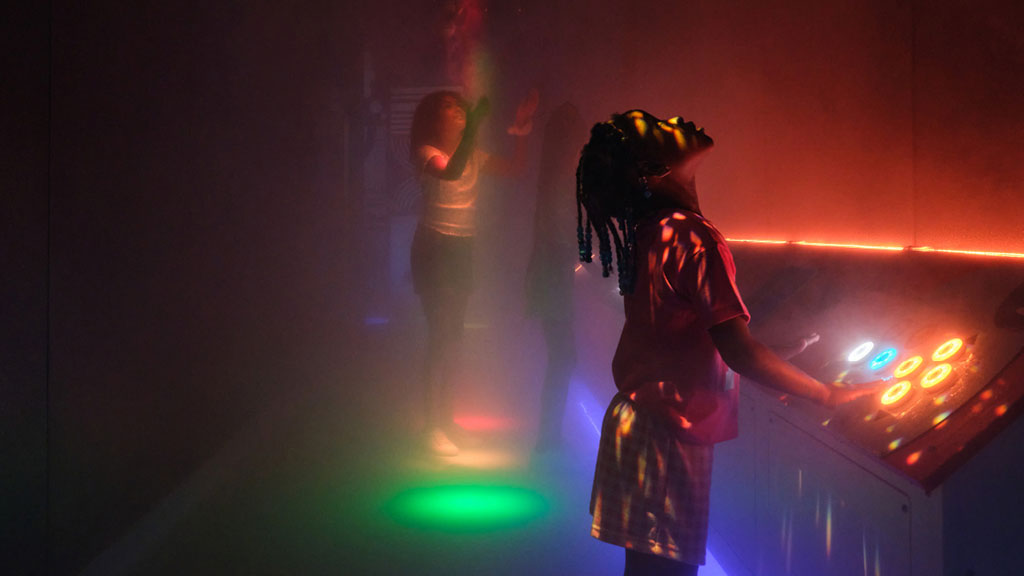
What Do Consumers Want? Gensler’s U.S. Consumer Experience Report Uncovers Key Insights
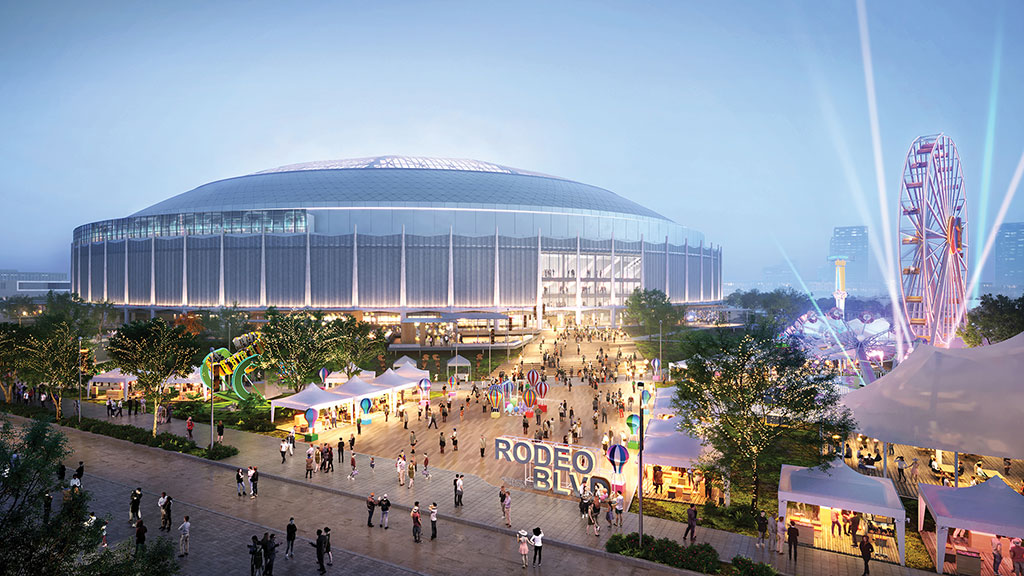
How Repositioning Houston’s Astrodome Can Serve as a Model for Aging Sports and Entertainment Venues
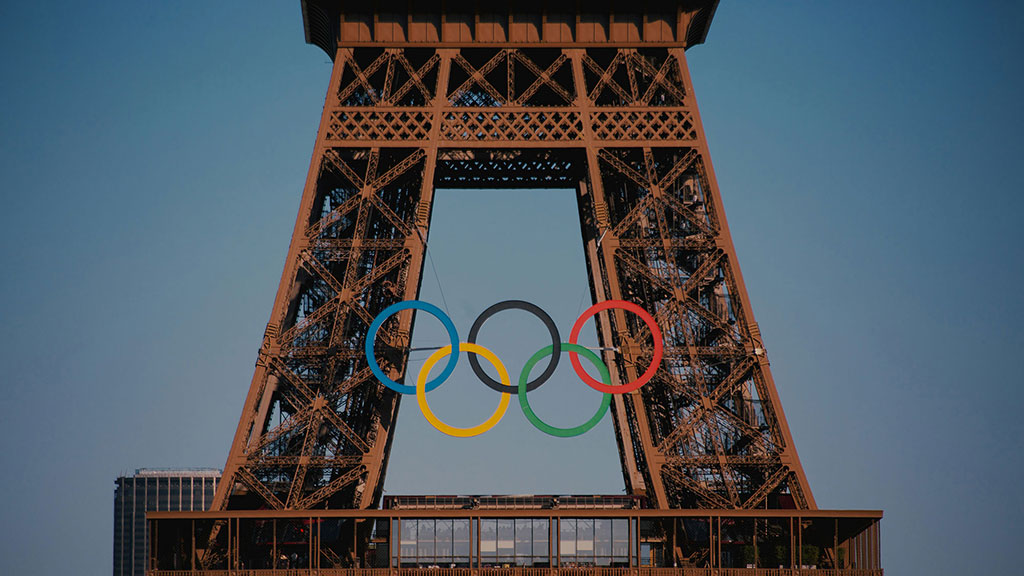
The Secret to Paris 2024’s Olympic Success? Reuse, Temporality, and Legacy
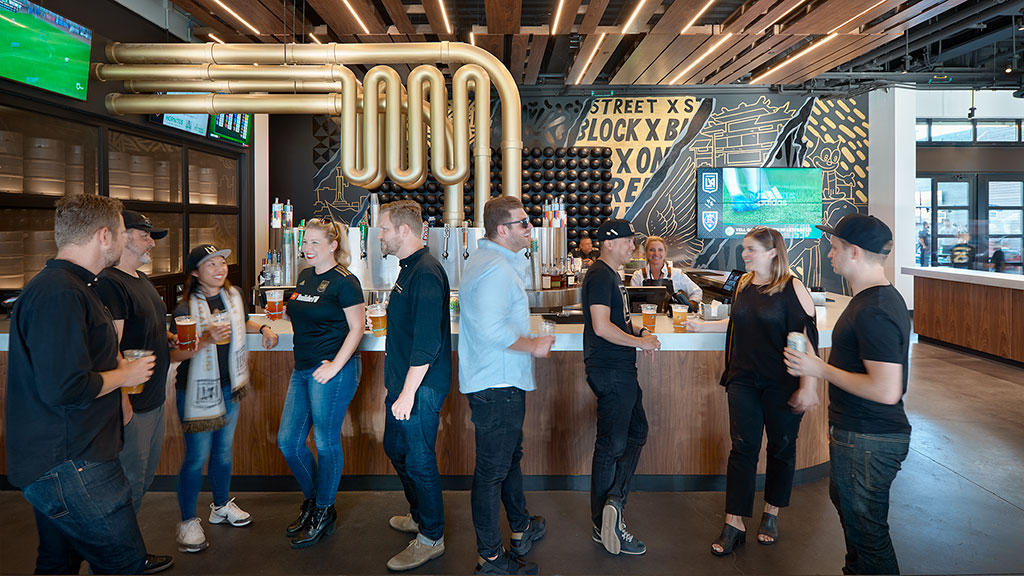
The Evolution of Sports Venue Brand Integration: From Simple to Sophisticated
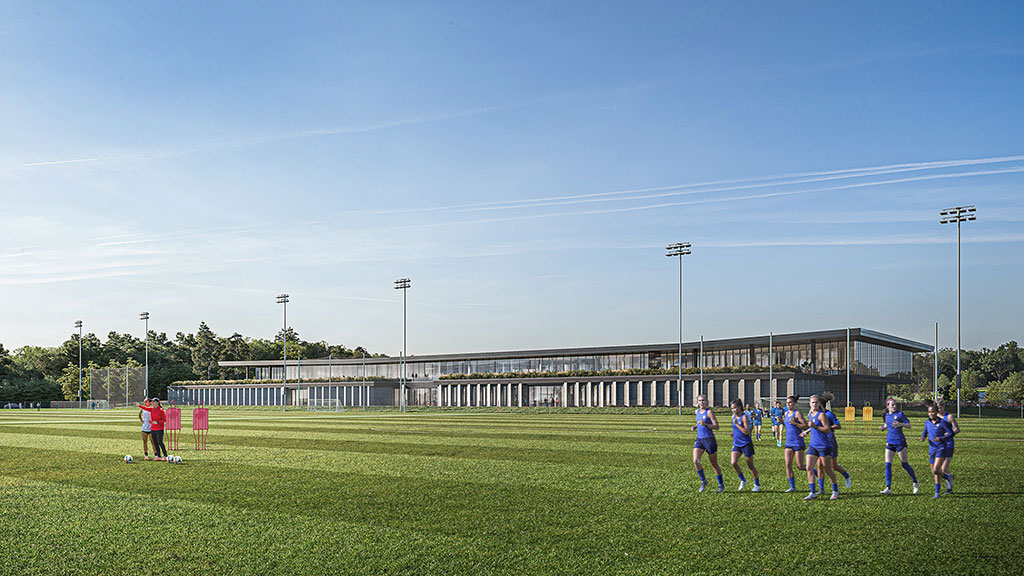
The “Mental Load” and Its Effect on Athlete Performance
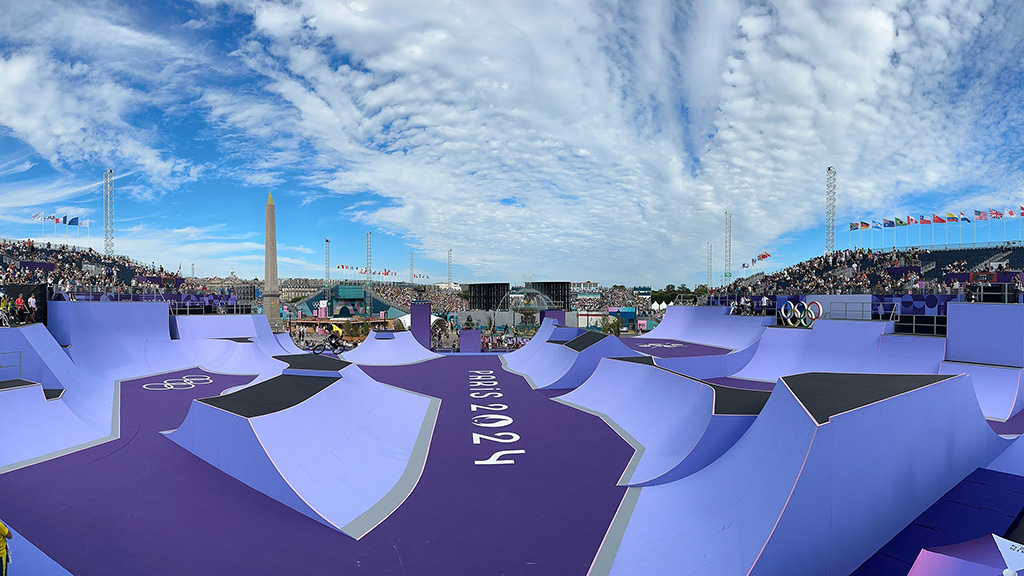
Reflecting on the Paris 2024 Olympics: A Catalyst for Urban Transformation and Sustainability
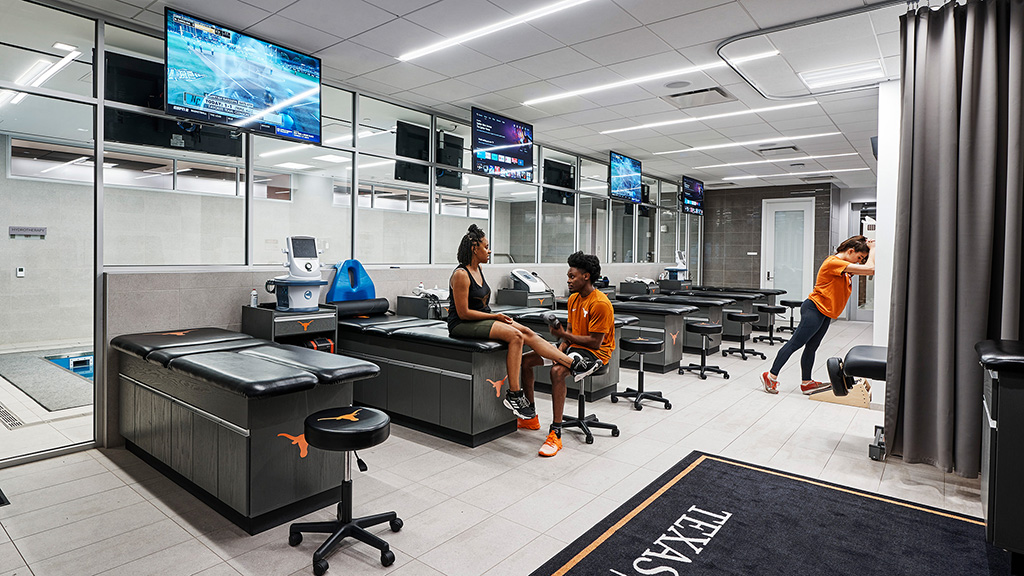
How Modern Training Centers Can Shape Tomorrow’s Champions
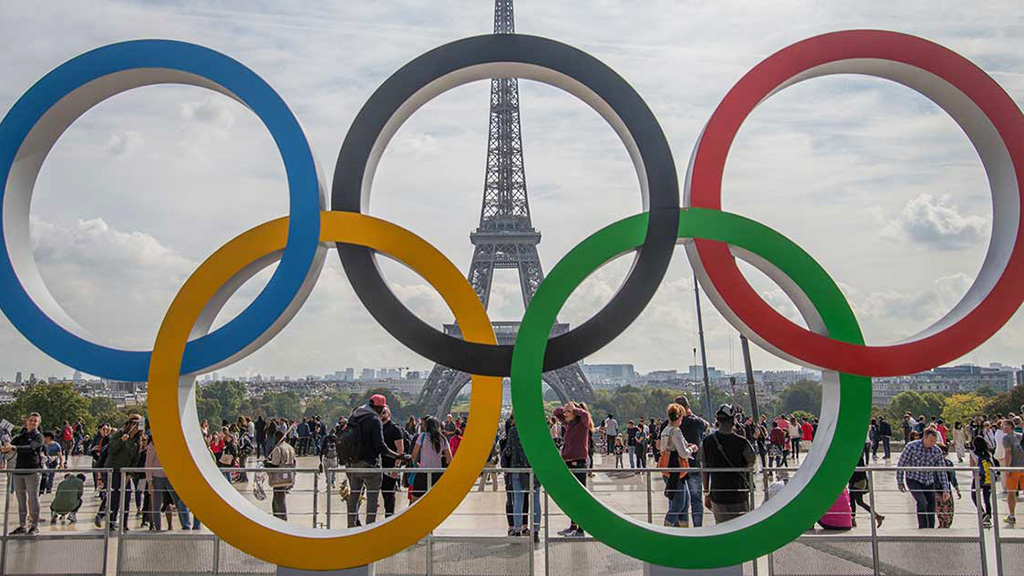
How the Olympics and Paralympics Can Shape Cities in New Ways
Teams are city developers with fans as citizens.
Sports-anchored districts are fully immersive micro-cities as sports brands have become urban placemakers where lifestyle, brand, commerce, and identity converge around a shared allegiance.
The athlete-as-client era begins.
Athletes are more than competitors — they’re brand creators, studio executives, cultural influencers, owners of teams in other sports, and active collaborators in shaping physical spaces. This new wave of athlete-entrepreneurs seek designers who grasp brand identity, community-building, commerce, and diverse revenue ecosystems.
Women’s sports inspire a new set of experiences.
The growth of women’s sports creates new ecosystems with a deeper focus on player storylines, new sponsor categories, and fan demographics. New, world-class training facilities for women’s sports are built differently, doubling down on design for the human experience and player-first priorities.
Colleges compete in the sports business, not just the scoreboard.
Colleges are powerhouse brands with professional paid athletes and pro-grade stadiums, performance centers, and media reach. University athletics is a strategic business unit, not just a campus tradition.
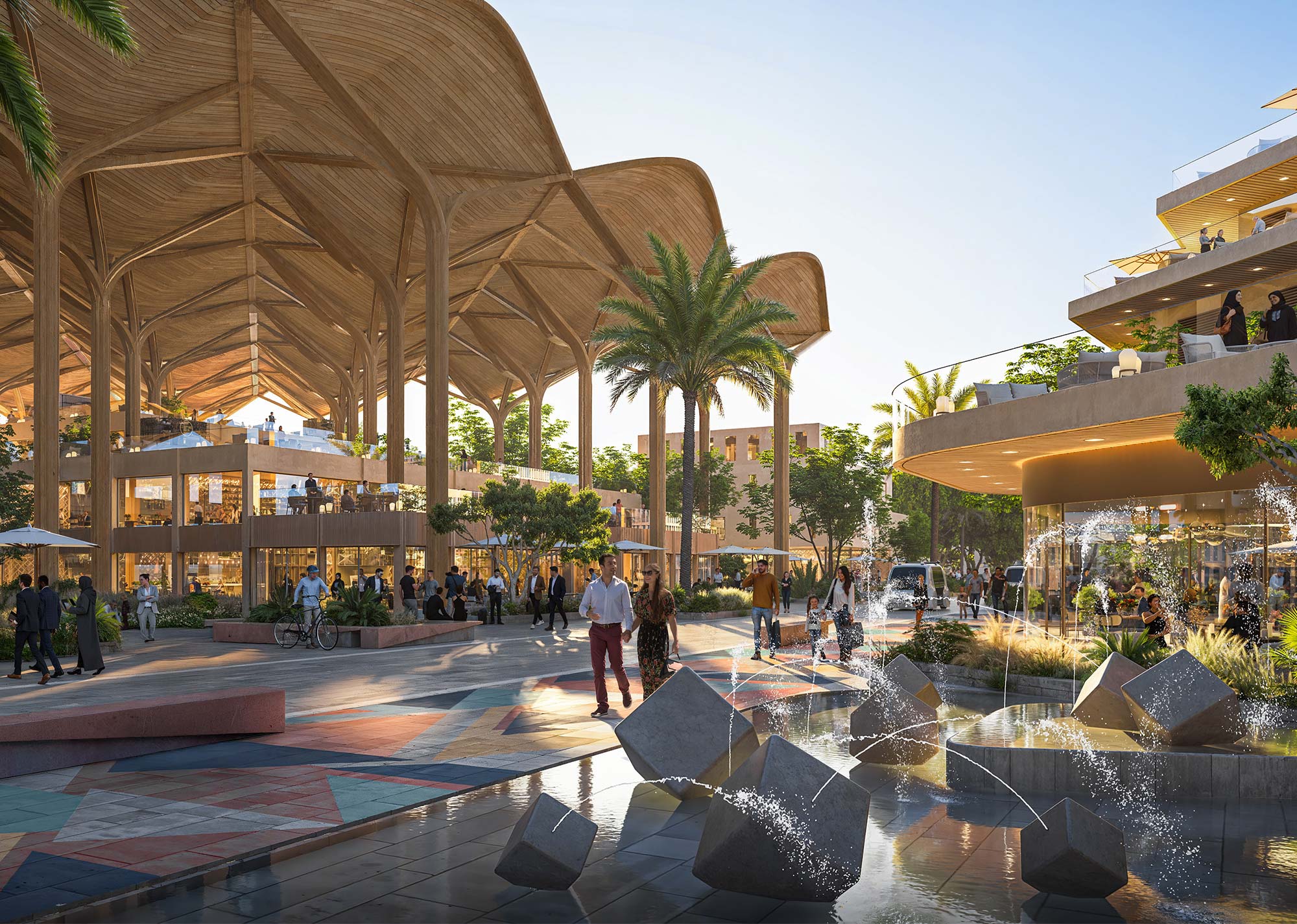

Jon Niemuth

Ryan Sickman
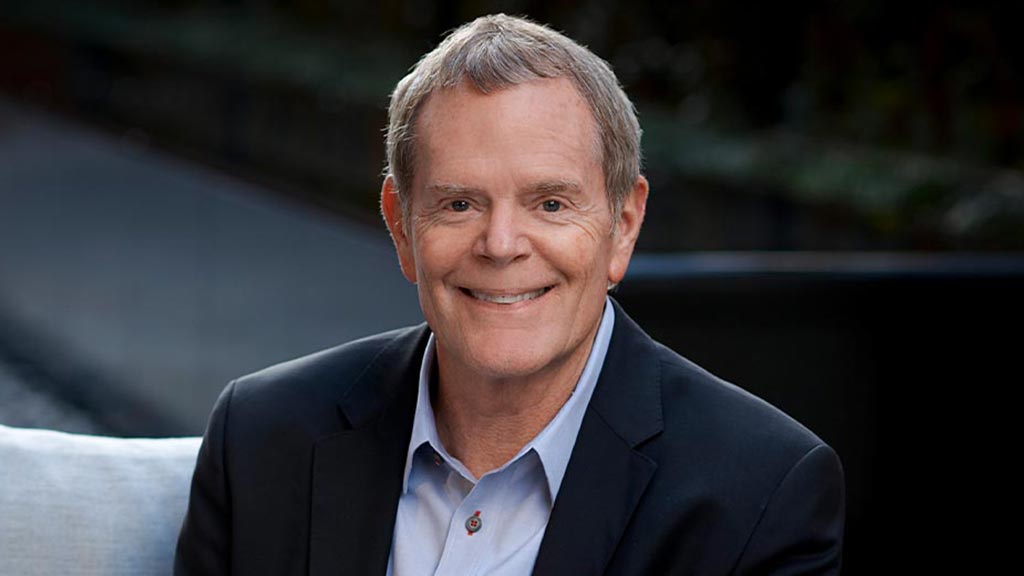
Ron Turner

Alex Phi

Andrew Jacobs

Demetra Thornton
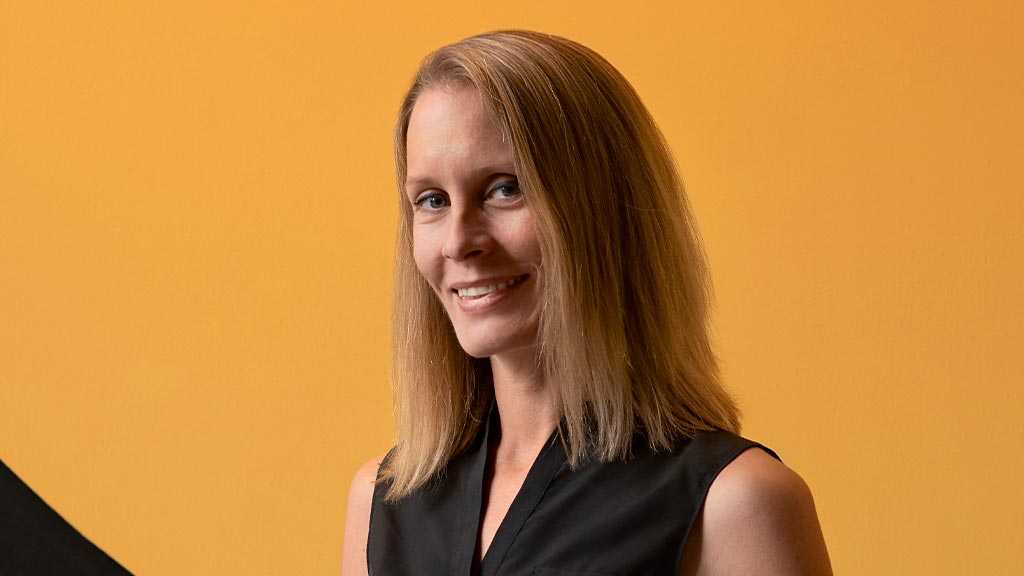
Elizabeth Pritchett

Jonathan Emmett
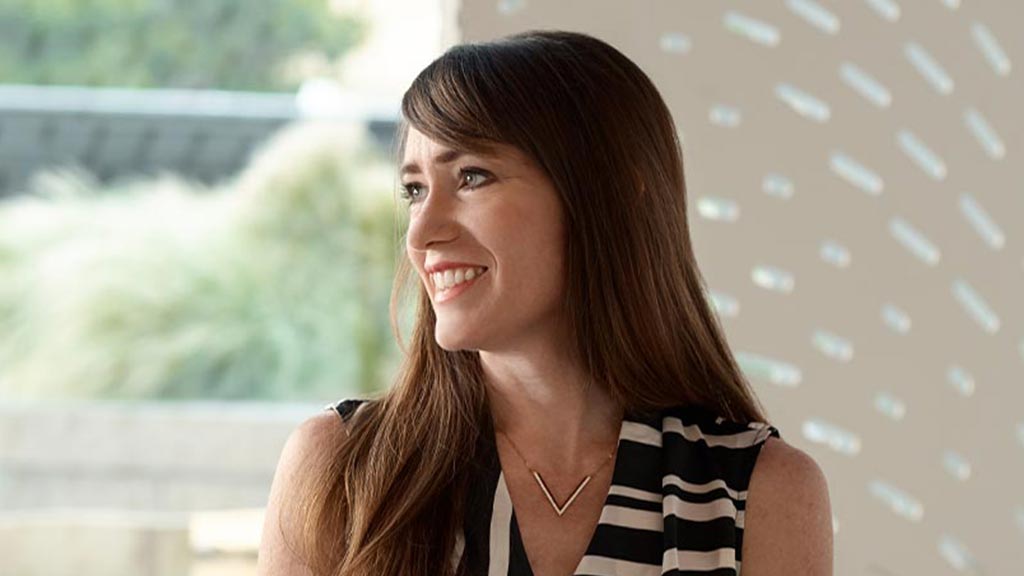
Kristin Byrd

Omar Quesada

Steve Chung
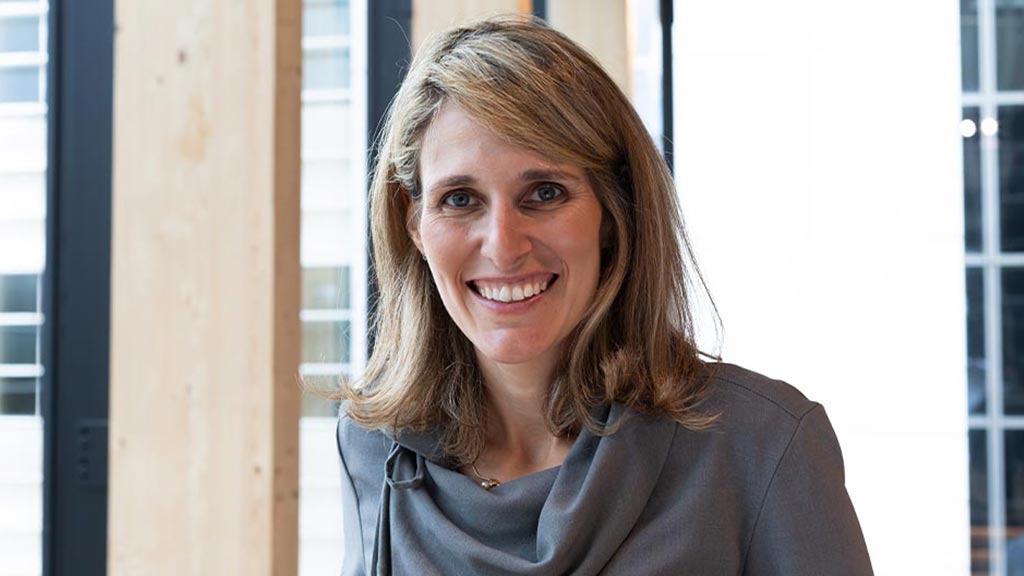
Tayomara Gama
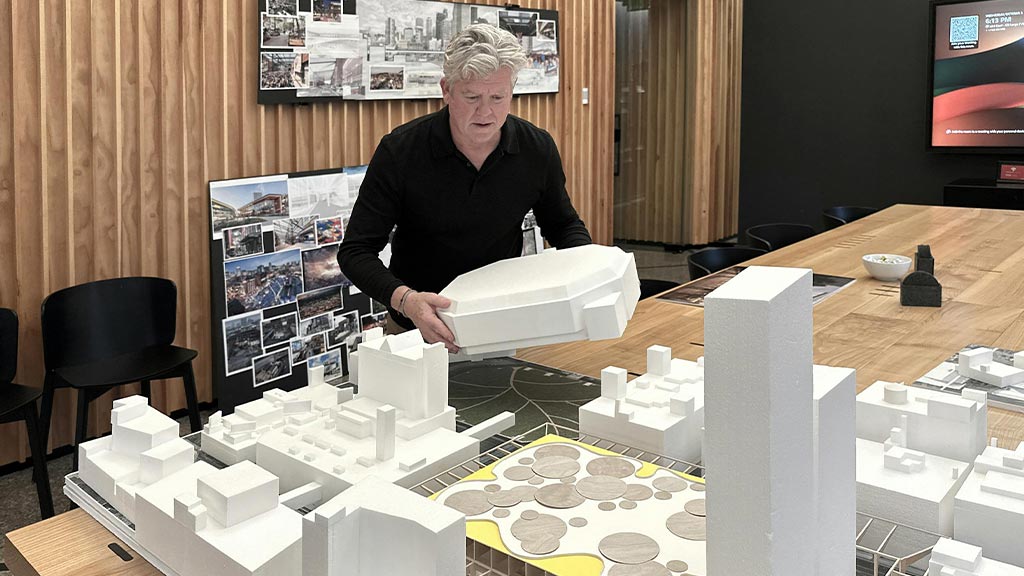
The Minnesota Star Tribune Explores Gensler’s “Next-Generation” Arena Design for the Timberwolves and Lynx
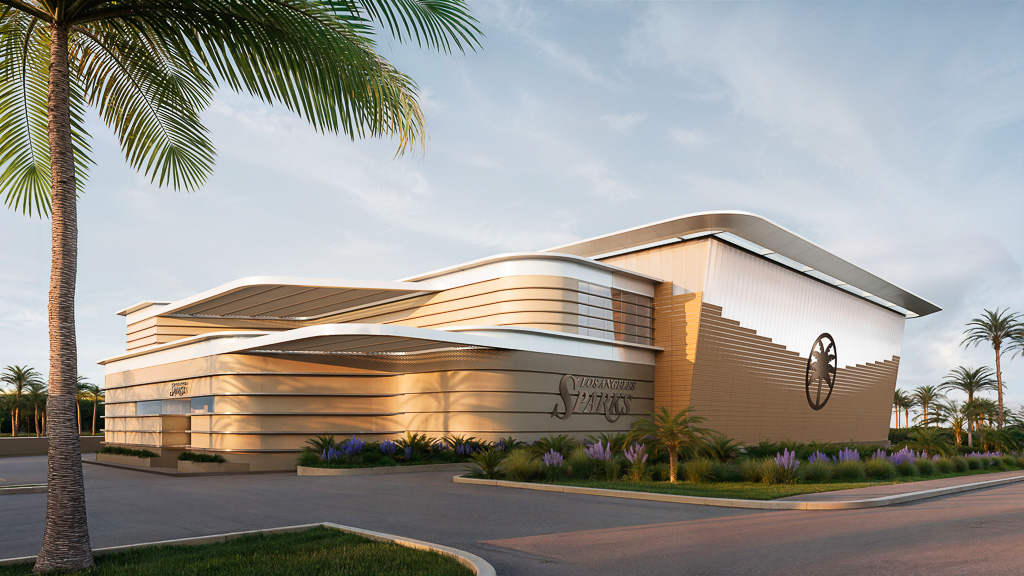
Sports Business Journal Unveiled the Los Angeles Sparks’ Plans To Build a 55,000-Square-Foot Training Facility
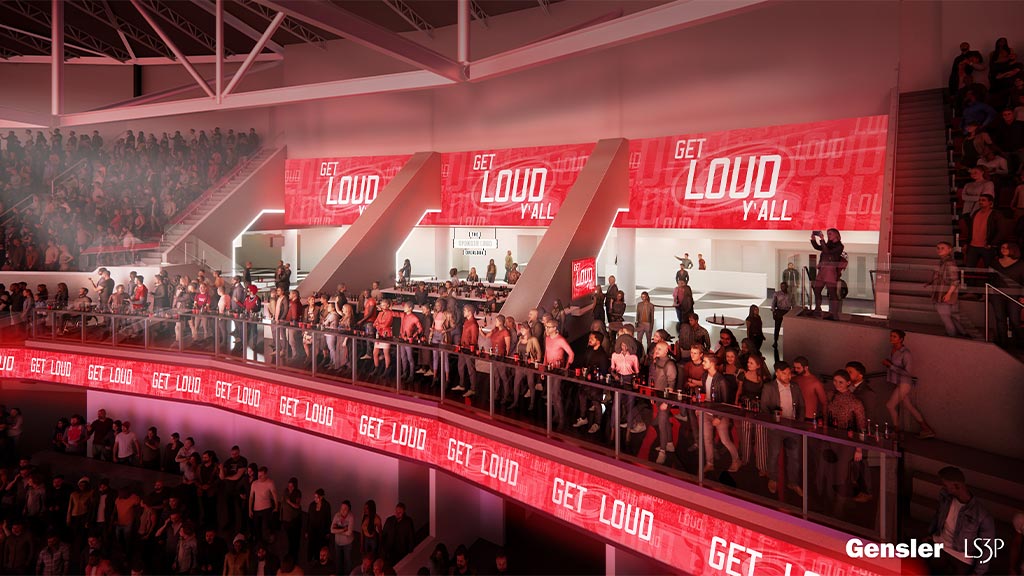
Sports Business Journal Spotlights Gensler’s Three New Leadership Additions To Help Advance Sports Practice

Gensler Strengthens Global Sports Vision With High-Impact Leadership Additions
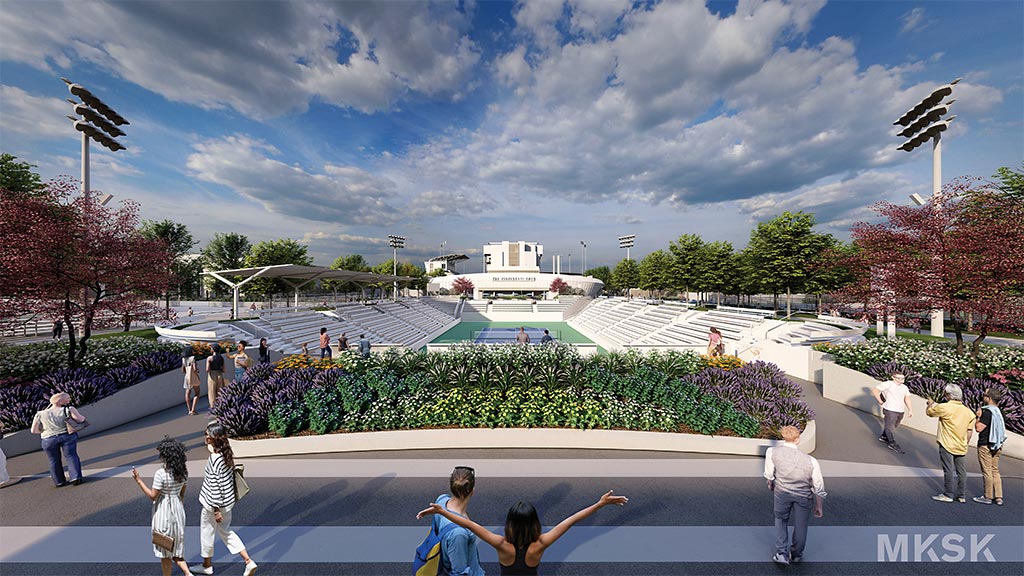
The Second Serve Spotlights the Updated Cincinnati Open, Inspired by Roman Stadiums
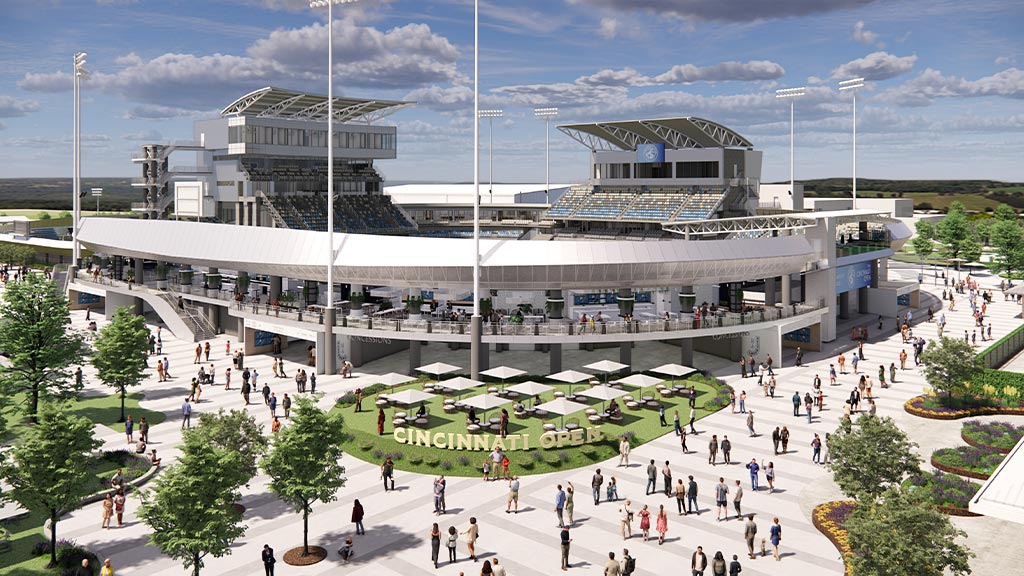
The Reimagined Cincinnati Open Is “Grander Than Ever” Following a $260 Million Upgrade
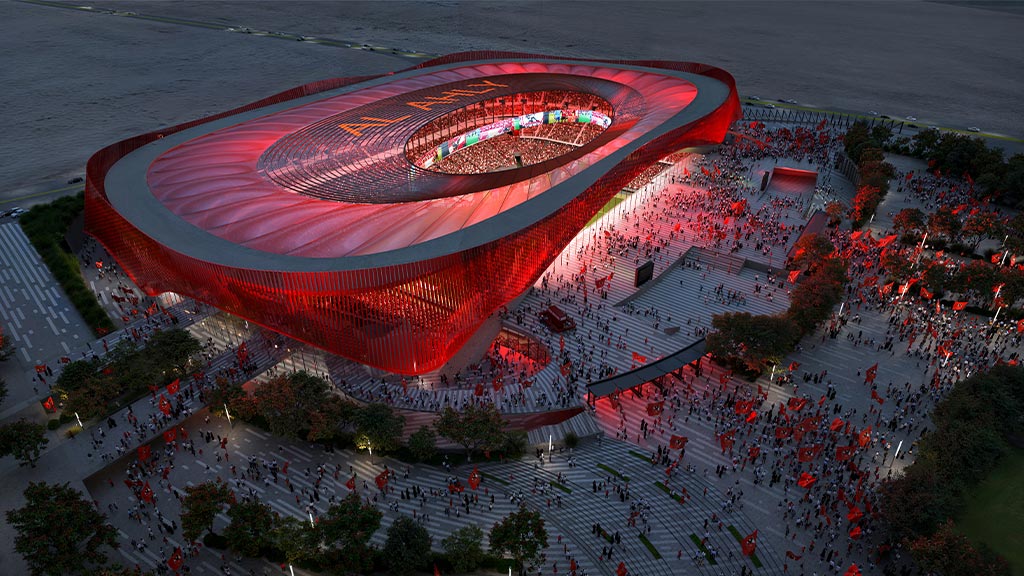
Fast Company Explores How New Stadiums Are Designed to Beat Extreme Heat
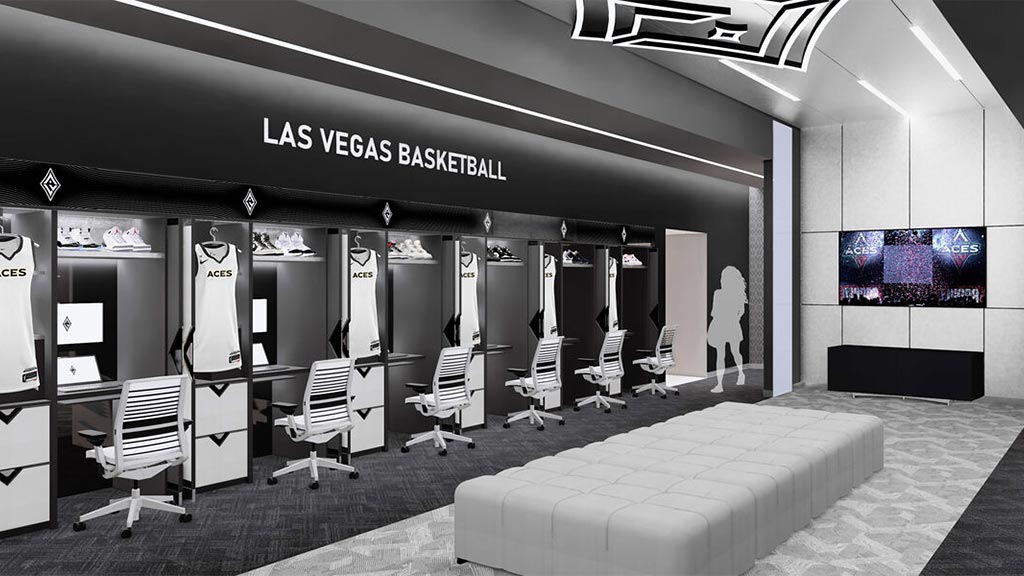
Tradeline Inc. Highlighted Athletic Facilities Designed To Support Women at All Levels
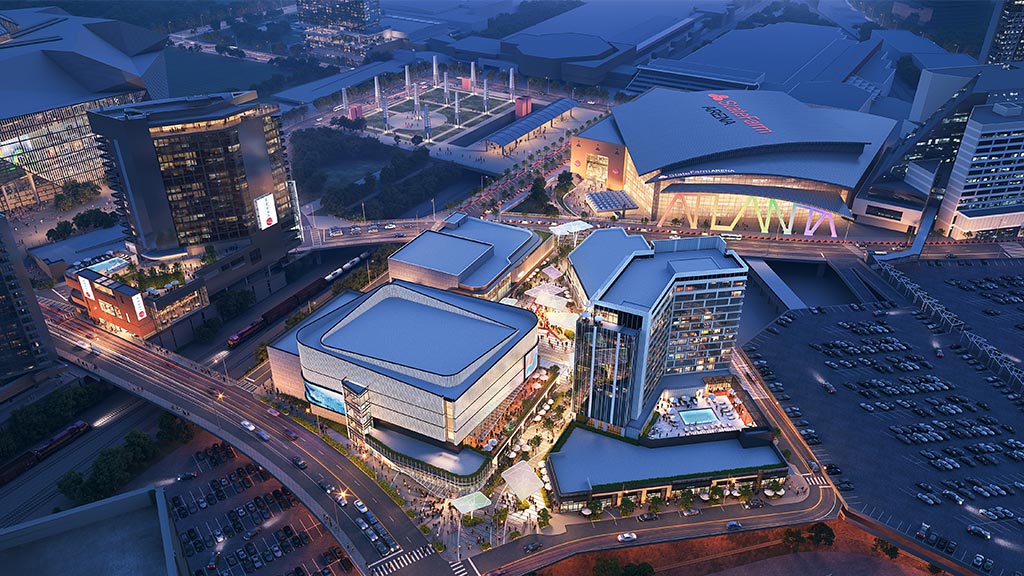
The New York Times Spotlights Centennial Yards as a Prime Example of Sports-Anchored Developments
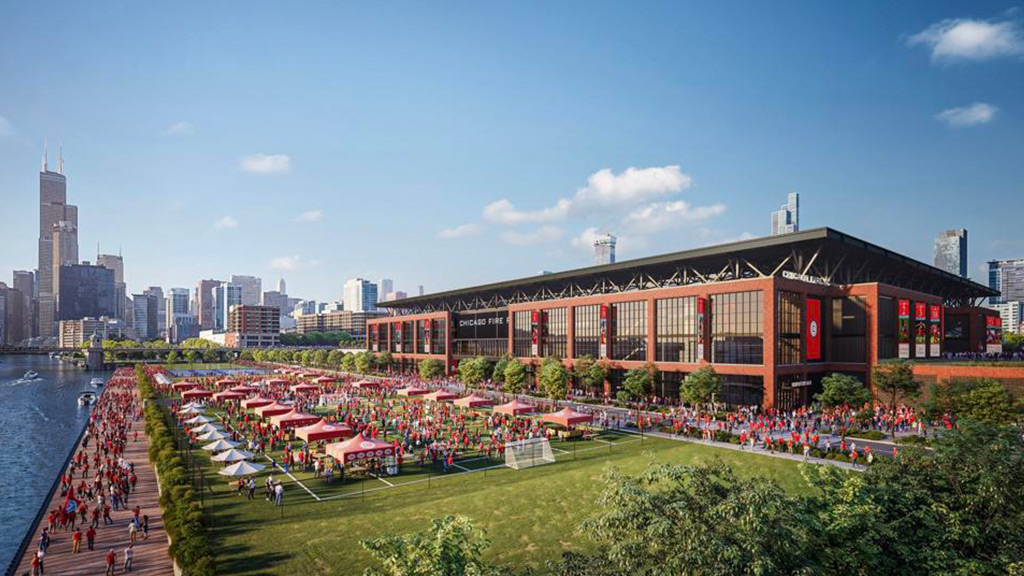
Gensler Is Leading the Master Plan and Stadium Design for Related Midwest’s The 78 Mixed-Use Development

Wallpaper Spotlights the Gensler-Designed Ra Ra Room’s Art Deco Interiors and Plush Draperies
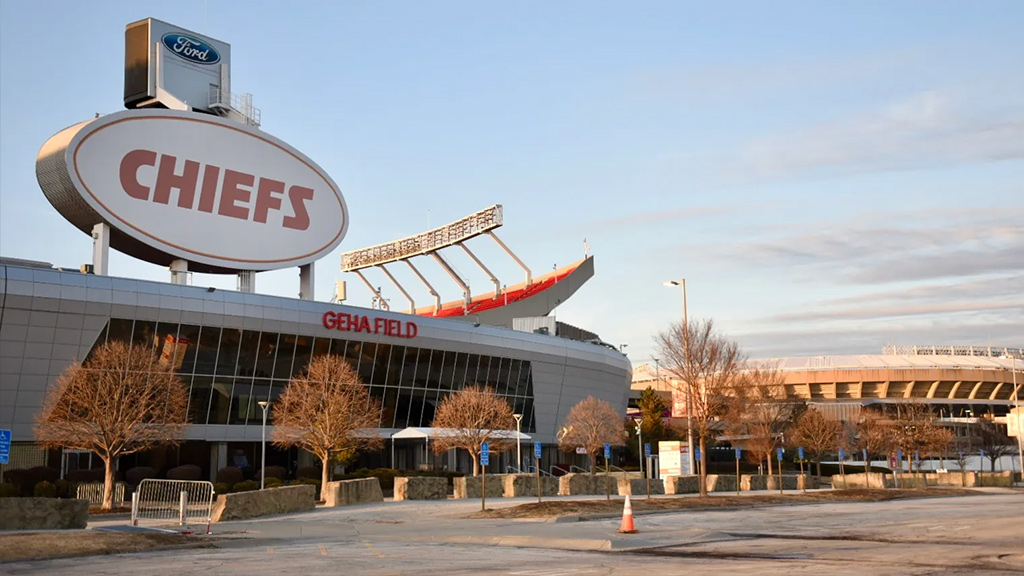
How Cities Can Build Thriving Entertainment Districts
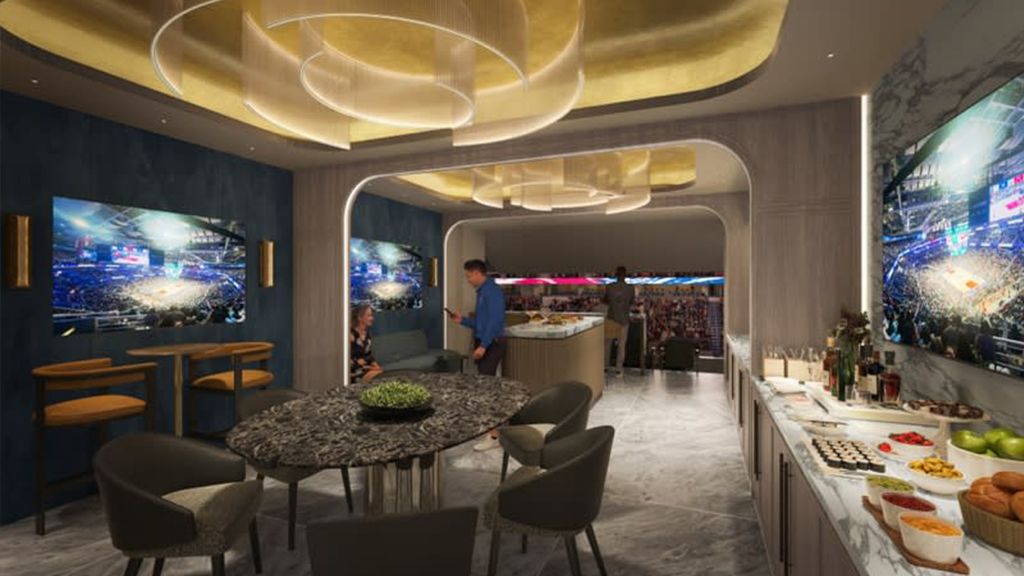
Gensler is Designing Three Luxury Suites at D.C.’s Capital One Arena to Elevate the Guest Experience
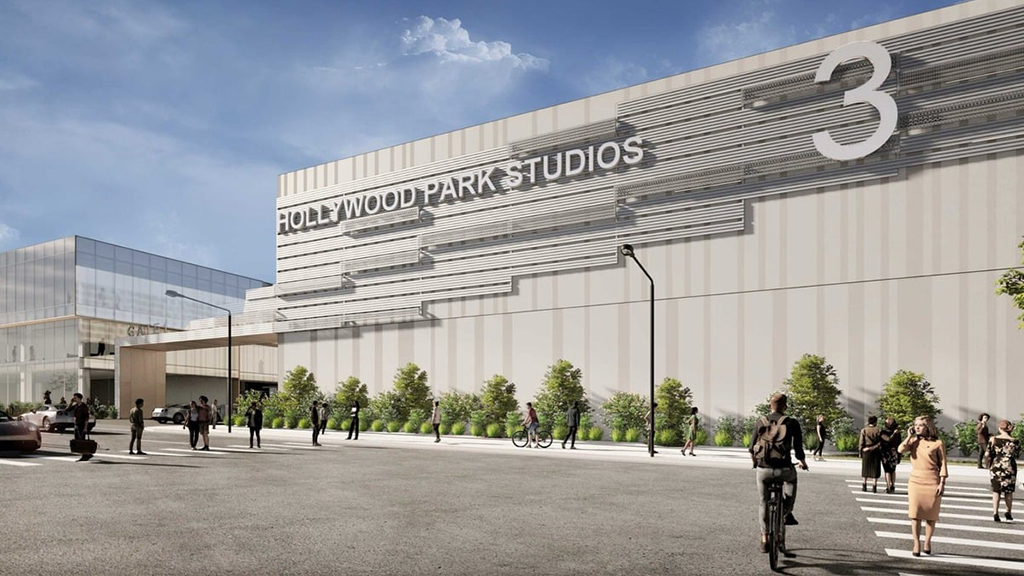
Hollywood Park Studios Will Serve As the 2028 Olympic Games International Broadcast Center

Los Angeles Times Shared Plans for the Rams’ New Headquarters as Part of a Mixed-Use Development at Warner Center
